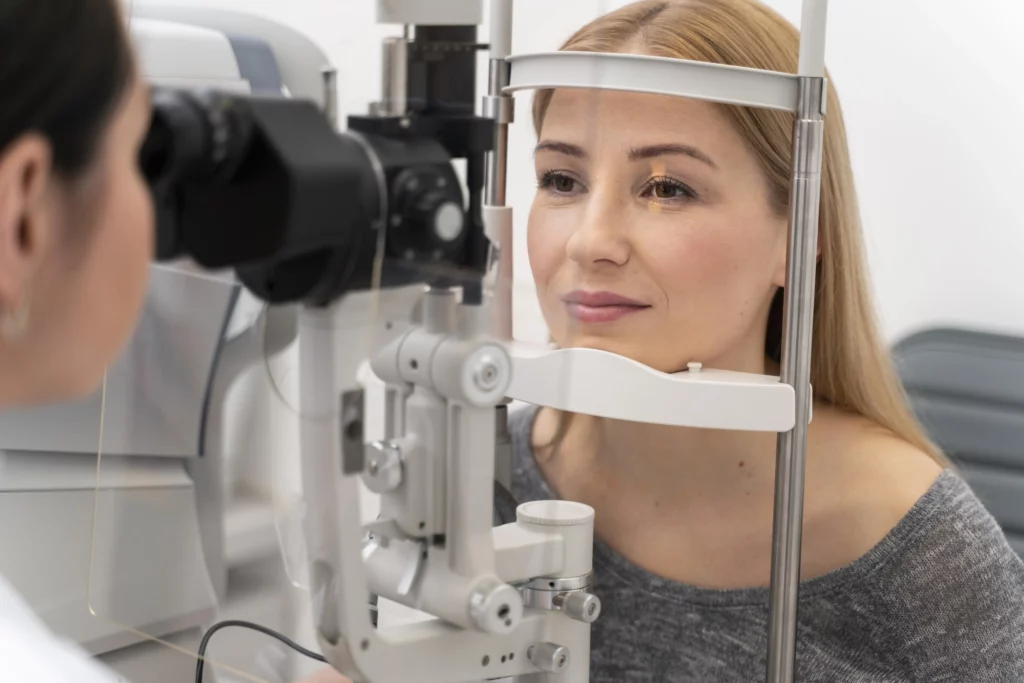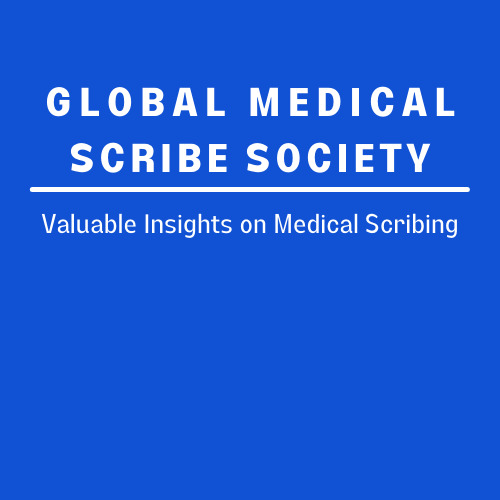
Ophthalmologists face a constant struggle to balance patient care with the increasing demands of Electronic Health Records (EHRs). Limited time with patients and excessive clerical work can be detrimental to the physician-patient relationship. However, there is a solution that many eye care practitioners have found effective – ophthalmology medical scribes. If you’re an ophthalmologist feeling overwhelmed by documentation tasks, it’s time to consider how medical scribes can alleviate the burden and allow you to focus on patient care.
Has EHR use negatively impacted ophthalmology practice efficiency and can a scribe help?
Numerous studies have shown that EHRs consume a significant portion of an ophthalmologist’s time during patient visits. The average time spent on EHRs is around 27%, taking away 10.8 minutes per encounter and 1.9 hours for a half-day clinic session. This has led to decreased productivity, reduced patient volume, and negative effects on efficiency. However, a study conducted at the Department of Ophthalmology, UT Health San Antonio, Texas, in 2018 demonstrated that implementing medical scribes into an ophthalmology practice can actually increase efficiency. By entrusting scribes with documentation tasks, ophthalmologists can fill their calendars with more patients, ultimately enhancing productivity and improving patient care.
Reasons for increase in use of medical scribes in ophthalmology practices
The rise in the use of medical scribes in ophthalmology practices can be attributed to several factors:
1. Declining Profit Margins: Ophthalmologists often find themselves working harder for less profit, particularly due to managed vision care. To maintain profitability, they need to either reduce managed care or increase patient visits. The latter option is more feasible, given the rising number of patients covered by managed care plans. Medical scribes play a crucial role here, enabling ophthalmologists to see more patients and streamline their workflow.
2. EHR Adoption: The increasing use of EHRs has become a challenge for ophthalmologists, as data entry takes up a significant amount of their time. By hiring ophthalmology scribes, physicians can shift their focus from the computer screen to patients, increasing overall efficiency.
3. National Health Care Reform: The National Health Care Reform aims to provide affordable and quality care for all Americans. This is expected to lead to a higher demand for eye care services. To participate actively in this mission and handle the increasing patient load, ophthalmologists can rely on scribes to improve their efficiency and patient volume.
The benefits of using medical scribes in eye care practices are numerous:
1. Increased Revenue: With medical scribes improving efficiency and patient throughput, ophthalmologists can see more patients, leading to increased revenue for the practice.
2. More Time for Patients: Virtual scribes enable ophthalmologists to devote more time to their patients, building better physician-patient relationships and providing empathetic care.
3. Enhanced Efficiency: Implementing medical scribes results in shorter patient visits, allowing for additional time to increase patient volume within a workday.
4. Improved Quality of Life: Scribes reduce work-related stress and after-hours charting, leading to higher workplace satisfaction and improved quality of life for ophthalmologists.
In conclusion, as the number of patients seeking eye care increases, ophthalmologists must find ways to manage the accompanying paperwork efficiently. Incorporating an ophthalmology scribe program into your practice is a smart choice. Their expertise in ophthalmic terminology and procedures ensures accurate charting, while also freeing you from the EHR workload. With medical scribes, you can focus on what matters most – diagnosing and treating eye conditions with undivided attention and care.
